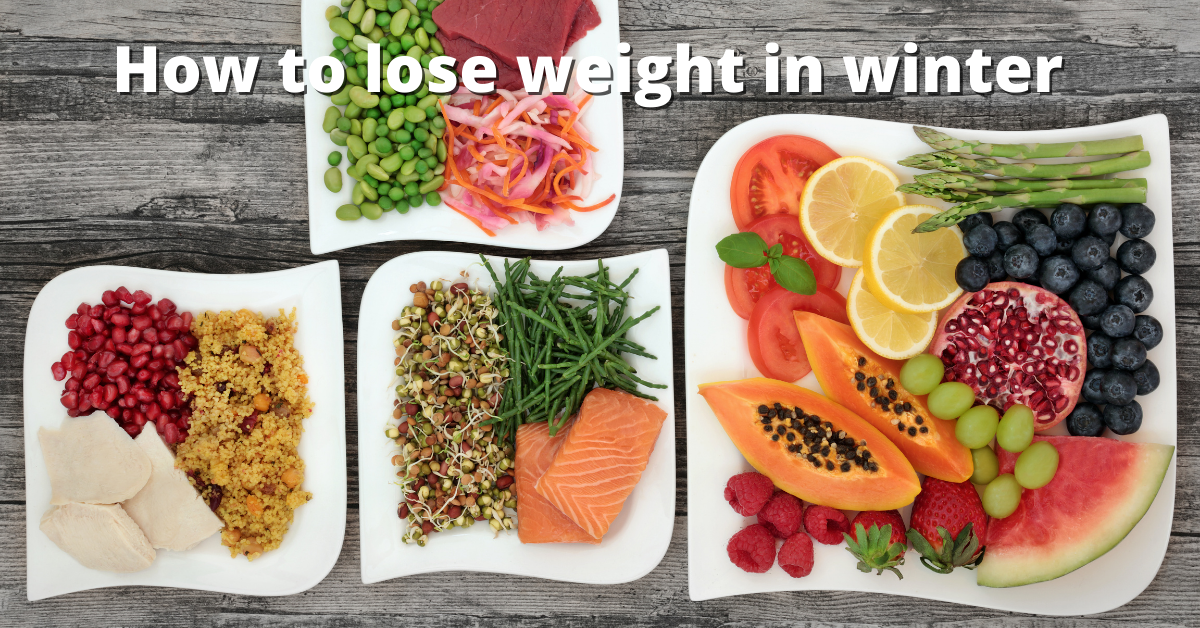
01 Dec How to lose weight in winter
If you want to make this year your healthiest yet, it’s never too late for a healthy lifestyle. You could win the lottery and hire an entire team of personal trainers who motivate like they are right out of “Rocky.” But if that doesn’t happen (or is just unrealistic), here eight simple tips on how one might do well by sticking with plant-based diets instead!
If weight loss seems daunting or impossible; don’t worry—you can still look fabulous while following these diet plans which recent studies show work better than others at helping people lose pounds without sacrificing their appetites
The winter is a perfect time to get started on your healthy eating habits. With all of the extra hours in front of you, it won’t be hard for you to maintain this new lifestyle and learn what foods work best with how much weight loss that has happened so far while also keeping yourself from getting hungry or feeling deprived by denying oneself certain treats (such as chocolate).
The gradual approach helps people stay committed because there isn’t any pressure anymore; rather than trying something temporary like cutting calories quickly before an upcoming vacation – which aren’t always successful anyways!- one can simply focus more when preparing meals without having pesky cravings arise between now
Here are the best tips from nutritionists on how to get a healthier and stronger body.

1. Befriend H2O.
Drinking water can be a great way to stay hydrated and lose weight. Studies have shown that people with obesity who drink about two cups of plain old H2O before each meal lost more than nine pounds within the first three months! Other studies show starting your meals off on an appetizing note by ordering low-calorie vegetables or broth based soups will help you feel fuller, which means less food consumed at those times leading up until its time for dessert – yay diet action made easy!

2. Make non-starchy vegetables half your plate
Vegetables are a great way to get your daily dose of vegetables, fiber and phytonutrients without the need for calorie counting or unhealthy snacks. Talented eating scientists have found that non-starchy veggies include everything under the sun! From leafy greens like spinach to squashes such as pumpkin; there’s no limit on what you can eat when it comes down how many servings from this food group will suit each person’s taste buds.

3. Keep a food journal, including portion sizes and energy
Every woman should keep a food journal. This includes what you eat, when you eat it, and how much of it. It’s important to know the calories in your favorite foods and also how many calories are burned while exercising. You can then make better decisions about what is best for your body type and lifestyle!

4. Eat more high-fiber carbohydrates.
Fiber is the key to regulating your blood sugar and losing weight. If you’re looking for a way help curb cravings, fiber will be just what you need as it keeps carbs low due to being a filling that sates us for hours with its nutrients like protein! Eating enough can make all kinds of difference when trying get in shape–such as decreasing food intake by 40 calories per day or increasing physical activity by 10 minutes each time we eat something sweet (guilty pleasures not included).

5. Eat your beans, as often as possible.
Beans are a great way to boost protein and fiber in your diet, but they also help with weight loss. One study found that people who ate these three staple plant-based foods for six weeks lost an average of 1 pound!
It’s not just lentils either; white beans or chick peas can do wonders too.”

6. Use cooking techniques that boost flavor, not calories.
Try these three simple techniques: stir-frying, poaching, and steaming. Stir frying involves cooking food quickly over high heat while stirring constantly. Poaching is simply immersing meat or vegetables in hot liquid until cooked through. Steaming takes advantage of the natural moisture released during cooking which helps keep food moist and tender. These are just some of the many healthy cooking techniques that can be used to make delicious meals!
7. Sip on tea before meals or snacks.
With less people being outdoors, you may be looking at extra pounds on your frame that you wish weren’t there. It’s important to remember that not all weight gain in winter is due to laziness or comfort eating – sometimes our bodies need more fuel as we spend longer periods indoors and tend to move around less. The best way of preventing this from happening is simple: drink a hot cup of tea before each meal or snack!
The body needs energy, which means your metabolism speeds up whenever food enters your system (increasing by about 30% when you eat). If you drink something like green tea beforehand however, this will make your body work even harder

8. Prebiotic Foods
The bottom line is that prebiotics are a healthy addition to any diet. Goji berries, as well as other fruits and vegetables, should be eaten in their natural form instead of being processed or juiced because the benefits can only be found from the whole food itself. Whether you’re looking for help with your gut health or just want some variety among your produce intake, adding goji berries into your daily routine could do wonders for both! What have been your favorite ways to incorporate these little red powerhouses? Let us know by commenting below!



Sorry, the comment form is closed at this time.